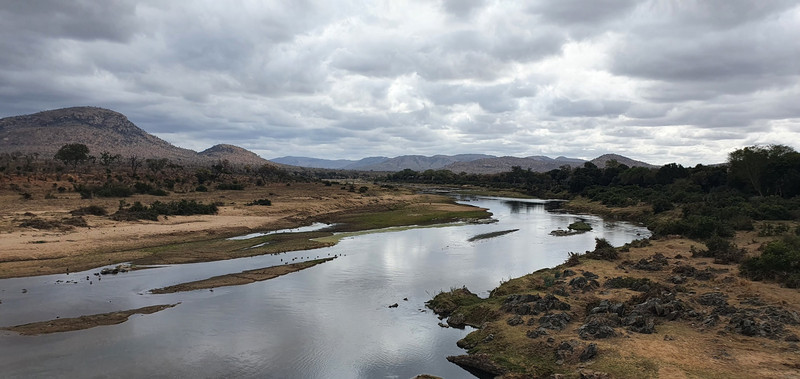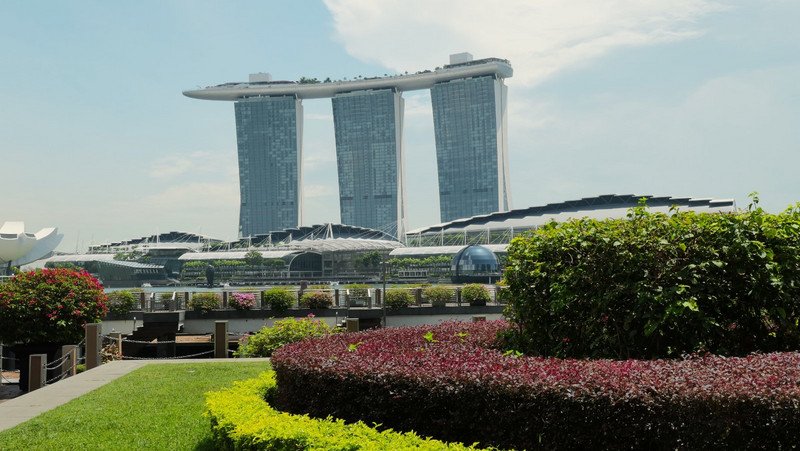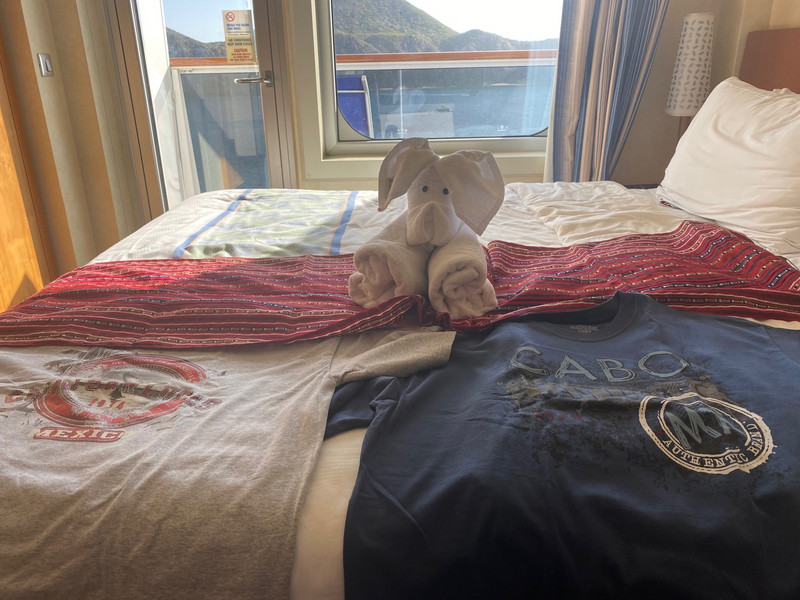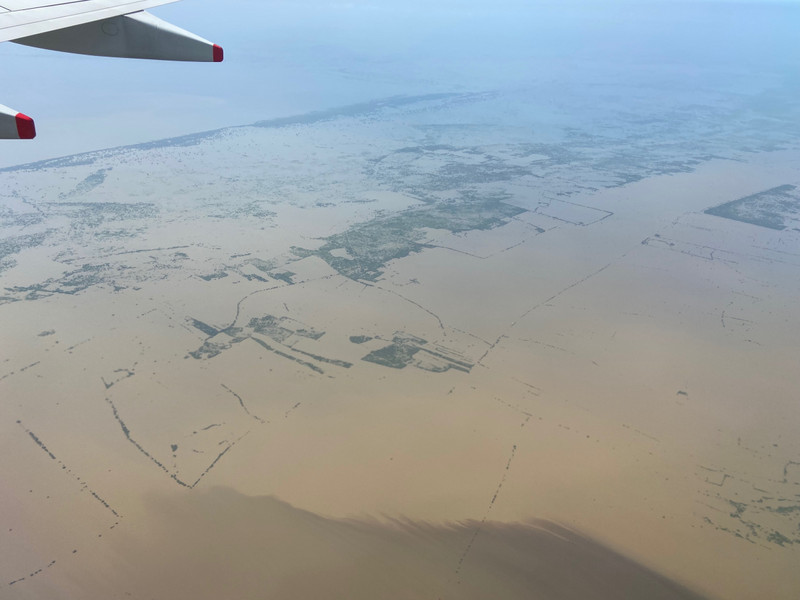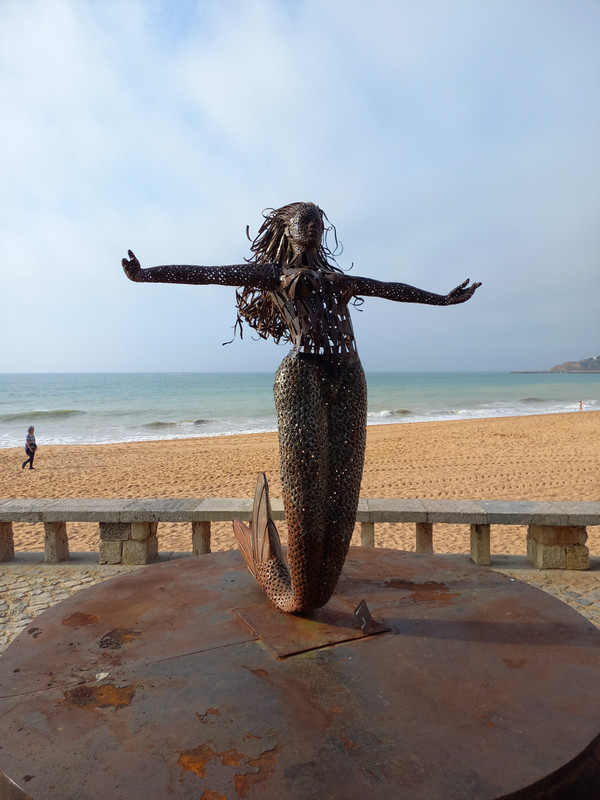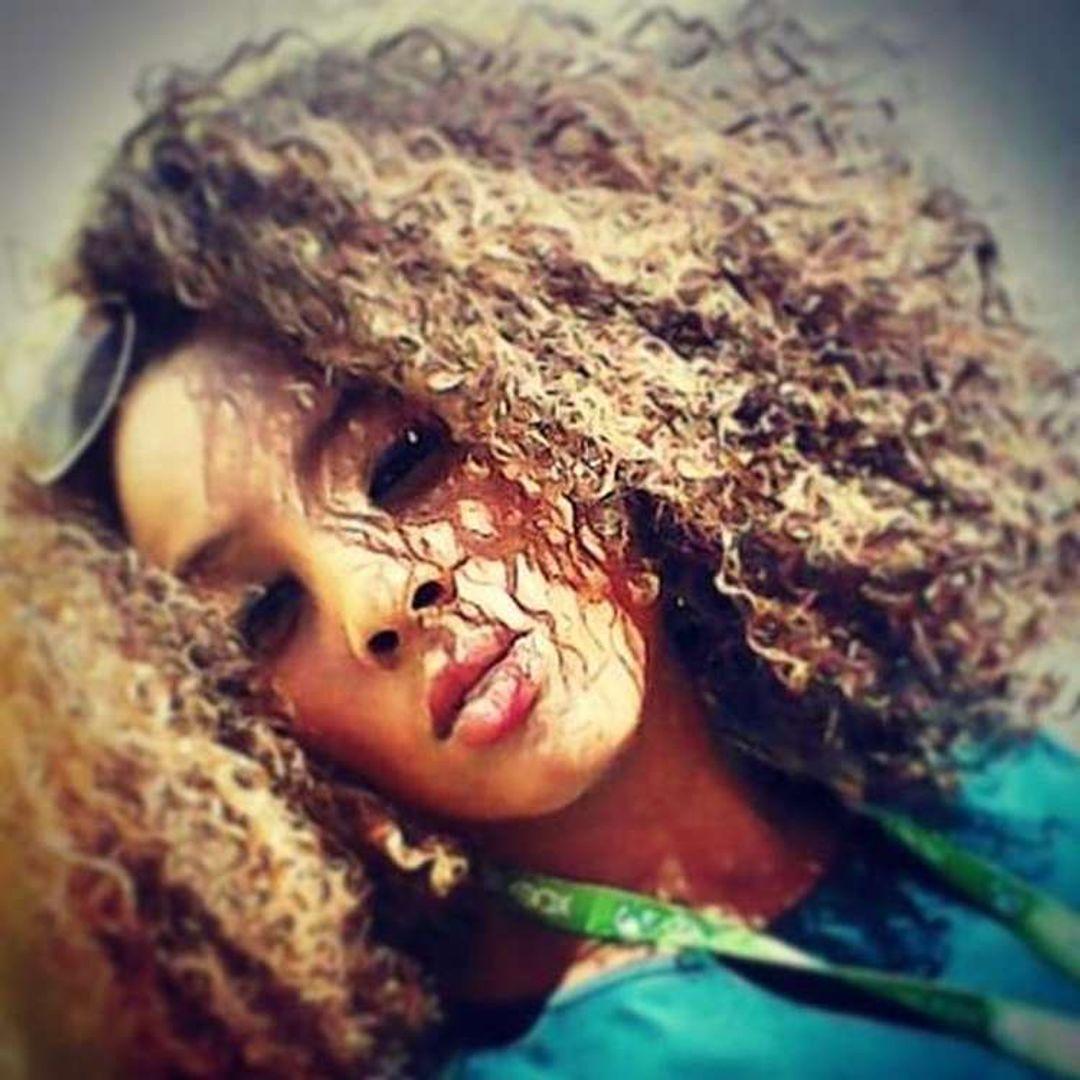The more clearly we can focus our attention on the wonders and realities of the universe about us, the less taste we shall have for our destruction. – Rachel Carson
Every adventure has a start point and, in this case, ours was on a very cold and wintery morning from Johannesburg. It was an opportune time to leave the big smoke for something brighter and more cheerful. The wind of the preceding days had very effectively the dust on the many mine dumps which dot the landscape, and the cold air was thick with this brown dust providing a doomsday feel to the city and its surrounds. August and September are traditionally windy, dry months which add this smoggy blanket to the dry, countryside. It is not appealing but nature will do its thing when the summer rains arrive in October cleansing the air and giving all things natural a make over. Our destination was Malelane and the entrance there to the Kruger National Park. That was all that mattered but unfortunately the routing took us via a town which I would rank as one of the bleakest I have ever witnessed on my travels. Witbank is
The first of many elephants seen. Large breeding herds with lots of little guys to keep the species going for a long time.
surrounded by coal mines which feed the voracious power plants in the area. It is not a sight to behold! A blackish smog enveloped the town and countryside and smoke belched forth from huge power plant chimney stacks. A very unpleasant sight but as it receded in the background, thoughts moved forward to the end destination. Far more important!
One knows that Kruger is close by when standing on the bridge spanning the Crocodile River and taking in the bird and wild life foraging on the opposite banks. Sanparks is very well managed and the actual admin of gaining entry to the park is slick and efficient. Our first stop on this adventure was Biyamiti Bush Camp, roughly 40kms from the entrance gate. It is an interesting drive as the road gently meanders along the Crocodile River on the southern side providing a very good view of Leopard Creek and its lodges beautifully positioned along the river bank. August is a very good month to visit Kruger as it heralds the driest period following the winter months which, as a rule, are mostly rainless. The summer of 2021 delivered huge rainfall in the park and there were reports
That all important bush fire to add atmosphere to the sundowner moment. In this case Happy wife, happy life!
of major flooding and bridges being washed away. There is not much greenery to be seen at this time of the year with the veld mostly covered in brown, dry grass and vegetation. Many of the trees and shrubs stand starkly naked, stripped of their leafy greenery as they wait for the onset of spring and the opportunity to burst back into their multiple colours. Nature always provides a surprising exception and at this time of year, it is the Knob thorn, which stands tall covered in creamy yellow flowers shaped like a human hand with extended fingers. At this time these flowers are a favourite food source for giraffe which then play a vital role in the pollination of this tree. Whilst feeding, the giraffe dusted with vast quantities of pollen on its head and neck which is then deposited on the next tree it visits. Insects are scarce at this time of year, so the giraffes role is crucial in the Knob thorn pollination process.
Biyamiti is a small bush camp situated on the river of the same name amongst jackal berry and wild fig trees. There are only 13 cottages, all positioned a short distance back from the river bank. Our many roof top tenting trips in the past resulted in being fairly well organised and unpacking of our vehicle was done by the time the early evening set in. A true joy and tradition of being in a Kruger camp is the lighting of a fire, drawing up camp chairs and simply soaking it all up. Sundowners in hand, the gentle crackle of a fire in front and the silence of the bush.
